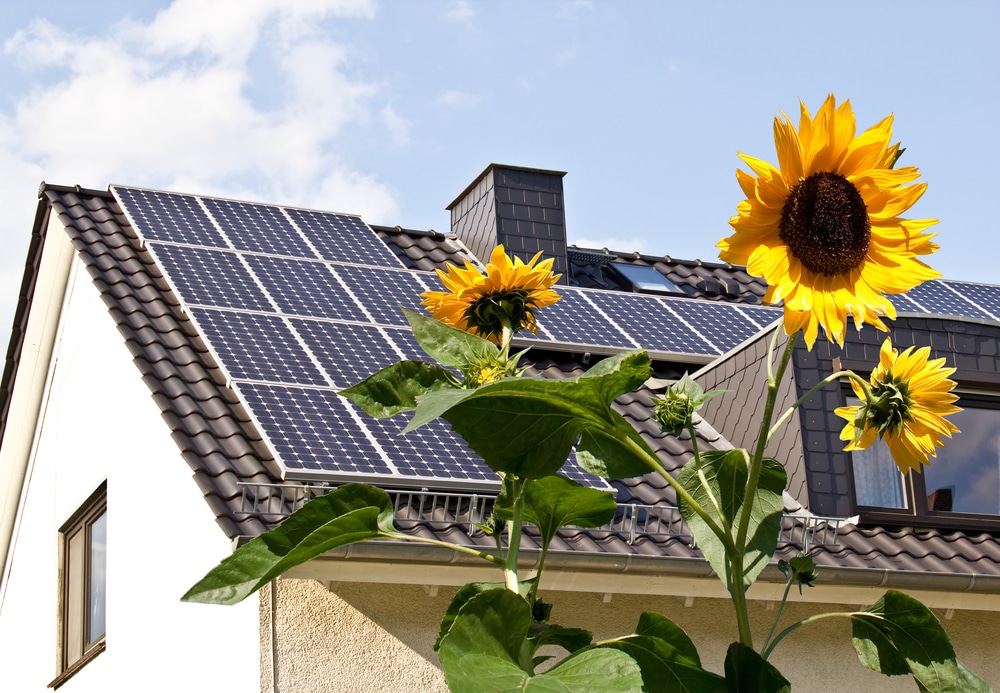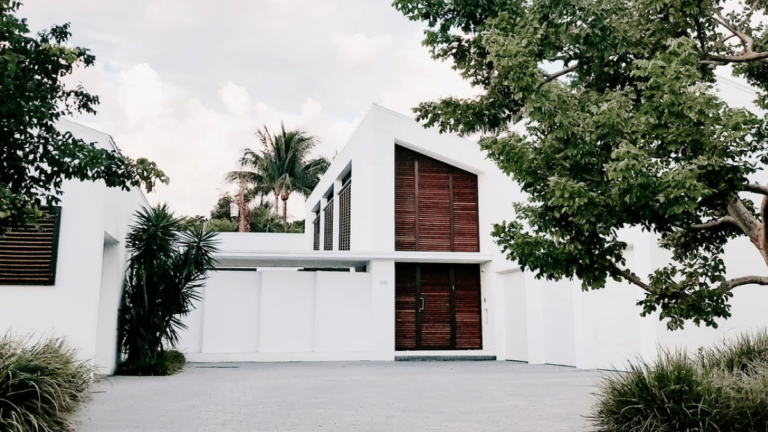General home improvement projects don’t usually help homeowners when tax time rolls around. But there are a few home improvements that entitle homeowners to tax breaks.
With a few weeks left in the year, you still have some time to make a few tax-saving home improvements. So check out the ideas below. Keep in mind: if you want to claim the tax credits for this year, you’ll need to be finished with your project by December 31. So get cracking!
Make your home more energy-efficient
Interested in going green? Homeowners can get a tax credit of 30% of the cost of some kinds of alternative energy generating systems. What do we mean by alternative energy generating systems? Things like geothermal heat pumps, solar electric systems, small wind turbines, and fuel cells, including the cost of labor and installation. There’s a cap on the on the credit for the fuel cells. But otherwise, there’s no maximum limit for this energy generating credit.
Looking for a smaller-scale project to finish up before the end of the year? There are other credits available for making your home more energy efficient. Install energy-efficient exterior windows, doors, skylights, roofing, or insulation. You’ll be entitled to a tax break of 10% of the costs of the materials, up to $500. Same goes a new energy-efficient water heater, heating system, or air conditioning system.
The tax credit for improving the energy efficiency of your home isn’t as sizable as the credits for energy generating improvements. But of course, you’ll save on your utility bills with the new efficient improvements, too.
Make your home accessible
Home improvement projects that are medically necessary to care for yourself, your spouse, or your dependents can be deducted from your income as medical expenses.
If you’ve got mobility or medical needs that require alterations to your home, those improvements can be tax deductible. That might includes projects like making your home wheelchair accessible, installing ramps or handrails, or widening the doorway to your home. It could cover lowering cabinets or adding a chair lift to a stairway.
You won’t be able to deduct home improvement expenses that add significant value to the selling price of your home. But as long as the costs of your medically necessary improvements are reasonable, you should be able to deduct them from your tax bill.
Get credit for your home office
Do you regularly use a certain part of your home as an office for your business (ahem: and just for your business)? Then you can deduct 100% of the cost of any improvements for your home office.
Do be careful with this one. Improper home office deductions will raise flags at the IRS and put you at risk for an audit. But if you build a stand-alone structure in your backyard to use as an office? Or put in shelving for file storage in the spare bedroom you use exclusively as an office? Those expenses may be 100% deductible.
Other improvements you make to your whole home may also be partially deductible, in proportion to how much of your home is dedicated to your business. So, let’s say you install a new heating system for your whole home. Your office takes up 15% of your home. In that case, 15% of the cost of that heating system could be considered a deductible business expense.
Remember: if you’re claiming any deductible expense, be sure that you can back up any claims you make, should the IRS coming knocking. Save all your receipts and paperwork. And if you’re unsure about whether a potential improvement qualifies, check in with a tax professional who can assess your situation.







